Stem Cell and Platelet Procedures for Knee Arthritis, Meniscus Tears, Tendon & Ligament Tears, Overuse Injuries, and Other Conditions
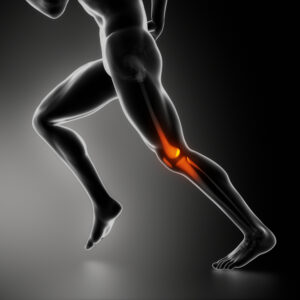 Stem cell and platelet rich plasma (PRP) procedures have emerged as an advanced and innovative injection treatment to address knee pain, which could arise due to injury, overuse or degenerative diseases. Patients suffering from chronic knee pain or those who have sustained a knee injury may be suitable candidates for knee stem cell therapy or PRP procedures.
Stem cell and platelet rich plasma (PRP) procedures have emerged as an advanced and innovative injection treatment to address knee pain, which could arise due to injury, overuse or degenerative diseases. Patients suffering from chronic knee pain or those who have sustained a knee injury may be suitable candidates for knee stem cell therapy or PRP procedures.
Many patients now seek these cutting edge non-surgical treatments in place of knee surgery, ligament repair or knee joint replacement because of the complications and prolonged recovery and rehab involved in these solutions. Board certified orthopedic surgeons at the Thomas & Bigler Knee & Shoulder Institute provide stem cell and PRP injections to patients in Las Vegas, Nevada, and other communities across the landscape.
Stem Cell Treatment
Stem cell treatment for the knee is called a same-day procedure because the stem cell harvesting and re-injections can be performed on the same day. But in most cases, the complete treatment protocol involves a series of injections administered over the course of about one week, depending on the patient’s specific condition of the knee.
The procedure includes a pre-injection, the same-day stem cell extraction, and re-injection. This is followed by a post-injection of multiple customized platelet mixes after a gap of a few days. The first step in the procedure involves drawing a small amount of blood from the patient’s arm, which will be processed in the lab along with their stem cell sample.
Thereafter, a small bone marrow sample will be taken from the back of the hip through a needle. Patients usually find this a comfortable process because the area is thoroughly numbed. These cells are then processed in a lab, and then the surgeon will re-inject the stem cells and natural growth factors from the blood platelets into the targeted area in need of repair.
Advanced imaging guidance will be used to ensure accurate delivery of the re-injections. Board certified orthopedic surgeons Dr. Steven Thomas and Dr. Gregory Bigler receive patients from Las Vegas, Nevada, and nearby areas for stem cell injections for knee problems.
Platelet Rich Plasma (PRP) Treatments
Platelet Rich Plasma (PRP) and Platelet Lysate Injection treatments contain specific components from the patient’s own blood that comprise healing growth factors. These components enhance the body’s natural ability of self-repair. The use of PRP for knee joint, ligament, tendon and muscle injuries and chronic knee conditions is now becoming increasingly accepted.
PRP injection treatments are proving to be highly effective because they have a stimulating effect on the stem cells within the targeted area where PRP is delivered. This triggers the stem cells to work harder to heal the damaged tissue. Automated centrifuge machines are employed to achieve the purest and most concentrated PRP material from the blood.
The treatment process can be customized according to the unique needs of a patient. If the centrifuge process at a particular lab is able to produce a higher concentration of platelet growth factors, it can have a more positive impact on the stem cells responsible for repairing the damaged tissue.
If you would like to schedule an appointment or learn more about the Knee and Shoulder Institute procedures & treatments performed by Las Vegas, Nevada board certified surgeons Steven C. Thomas, MD and Gregory T. Bigler, MD. call (702) 933-9393; Physical Therapy (702) 933-9393.

 People who have experienced a rotator cuff tear or suffer from pain in the shoulder arising due to arthritis, tendenosis, tendonitis, or bursitis may benefit from stem cell non-surgical treatment. A growing number of patients now report sustainable relief from their shoulder pain and immobility following stem cell procedure.
People who have experienced a rotator cuff tear or suffer from pain in the shoulder arising due to arthritis, tendenosis, tendonitis, or bursitis may benefit from stem cell non-surgical treatment. A growing number of patients now report sustainable relief from their shoulder pain and immobility following stem cell procedure. If an individual has experienced a shoulder or rotator cuff injury or suffers from chronic shoulder pain due to arthritis, they may consider state of the art stem cell therapy procedures. This unique injectable procedure will allow the patient to avoid surgery and still achieve effective and sustainable outcomes.
If an individual has experienced a shoulder or rotator cuff injury or suffers from chronic shoulder pain due to arthritis, they may consider state of the art stem cell therapy procedures. This unique injectable procedure will allow the patient to avoid surgery and still achieve effective and sustainable outcomes.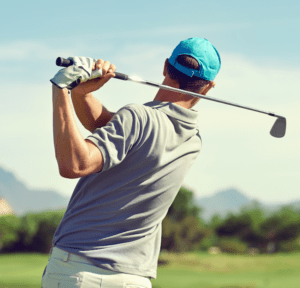 Instability and intra-articular joint pathology may commonly occur in the
Instability and intra-articular joint pathology may commonly occur in the 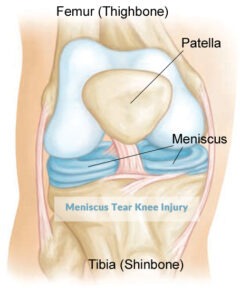 Among various types of
Among various types of  Tendonitis condition can quickly deteriorate if left untreated. Therefore, once the patient experiences any symptoms, they should consult with a medical professional.
Tendonitis condition can quickly deteriorate if left untreated. Therefore, once the patient experiences any symptoms, they should consult with a medical professional. 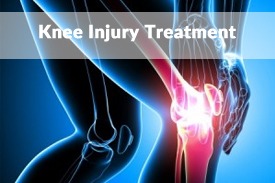
 The condition of tendonitis should be treated early in order to prevent additional damage. Early treatment will avoid more complex solutions such as surgical repair, and the patient will be able to quickly regain their flexibility and strength.
The condition of tendonitis should be treated early in order to prevent additional damage. Early treatment will avoid more complex solutions such as surgical repair, and the patient will be able to quickly regain their flexibility and strength. 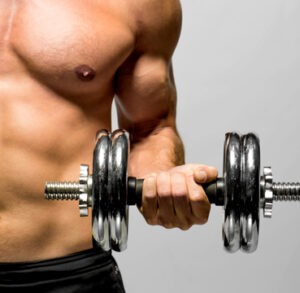 Tendonitis is mostly an inflammation or irritation of the tendon. Tendons are thick, ropelike cords that attach the muscles to the bones. Tendons perform the role of a pulley to help muscles move a joint. Tendonitis typically affects the biceps,
Tendonitis is mostly an inflammation or irritation of the tendon. Tendons are thick, ropelike cords that attach the muscles to the bones. Tendons perform the role of a pulley to help muscles move a joint. Tendonitis typically affects the biceps,